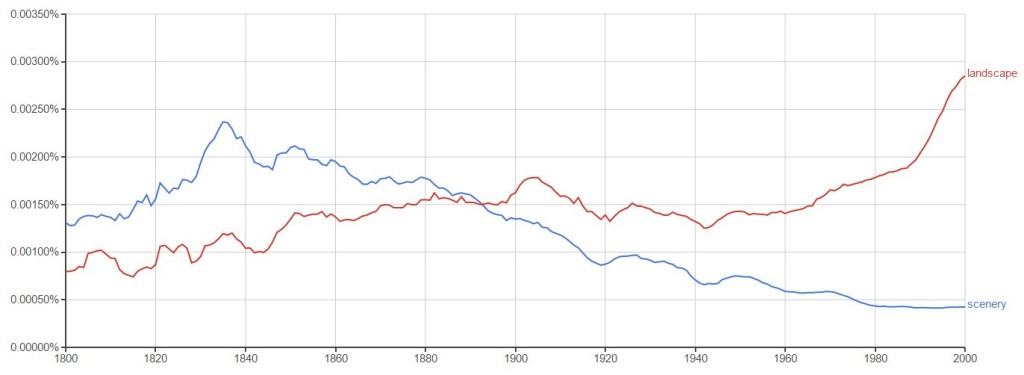
A particularly beautiful dust jacket eased my hesitation at buying hardcover.
A Saturday Globe review for Miller’s Valley caught my eye, and when I discovered I was 46th in line to borrow the book at the Central Library, I headed to the marvellous independent bookstore Westminster Books during a weekend trip to Fredericton to buy my own copy. The book tracks the coming of age of a girl in Pennsylvania as she watches government pressure inexorably lead to the inundation of her family’s farm for the ‘public good’. The flooding plays the same role in this book as in many others I’ve discussed here and in recent papers – shorthand for obliteration, loss, injustice, and forgetting – but what distinguishes it is in demonstrating the capacity to adapt over time, nonetheless. A few excerpts from the last page resonate particularly:
I don’t really miss the Miller’s Valley I used to know, the one in which I grew up, my very own drowned town. It’s been gone a long time now… They’re talking about having a big celebration for the fiftieth anniversary… and that’ll clinch it. If something’s been around fifty years, it’s been around forever. Most people think it’s always been there. They run fishing boats and go ice skating and sit in folding chairs and look out over the place where we all lived and it’s just water to them, as far as the eye can see. I guess it’s just water to me, too. … When I talked to Cissy about Andover, when I was a kid, I thought her life, her past, her childhood, all of it was buried down there under the water. I didn’t understand that it was above the surface, in her, the way mine is in me. … Lots of people leave here, that’s for sure, but people stay, too. And some are like me. They circle back. (p. 256-7)

Hand-drawn map by Joe George of a transect from the Woolastook campground in NB over old homesteads flooded by the Mactaquac Dam.
In this same weekend I visited Joe George at COJO Exploration, who had spent the day scuba diving in his quest for the old townsite of Kingsclear, now under the Mactaquac headpond. His hand-drawn map from the dive shows the foundations, wells and other infrastructure he swam over, trying to avoid stirring up sediment in the low-visibility (2 ft) conditions. Looking at old maps, he reckons the well (“still water in it!”, he joked) belonged to the Long family. Joe is hoping to set up a recreational scuba track – as he showed me, basically a high-viz yellow cable – to allow visitors to explore the drowned town. He also hopes, however, to find some relics of life there, to share with either prior residents or local museums.
Dams are in the news, either in terms of removal (see a discussion here about opening the gates of the Glen Canyon Dam), or protests about construction. For instance, a public letter signed by Canadian scholars protests about Site C’s approval as a violation of process and treaty rights. An early-stage proposal for a dam on the Eldred River near Powell River BC is being protested by rock climbers (on the basis of a long-standing base camp) and foresters (the transmission infrastructure associated with independent power installations affects forestry and thus jobs), possibly the first time that those two bodies were on the same side of any issue.






